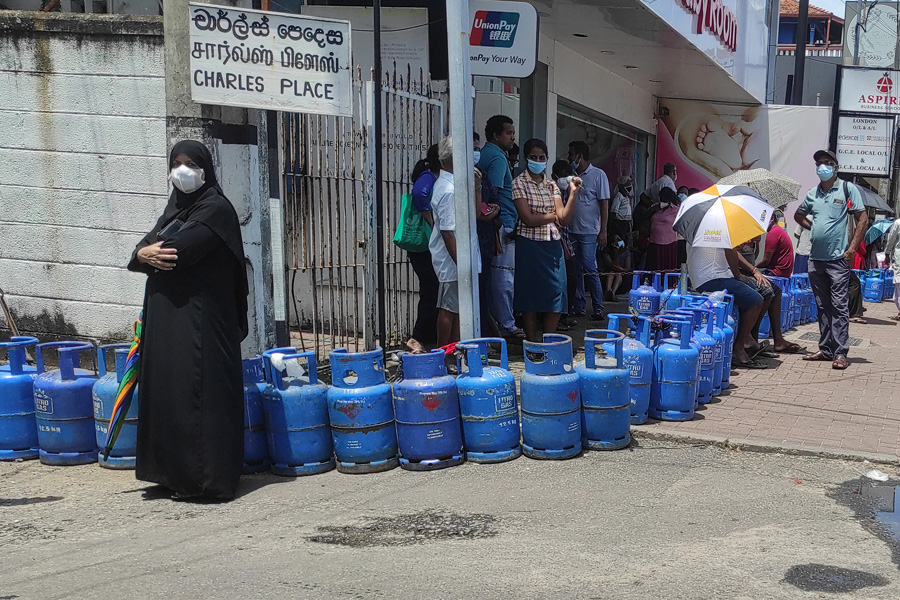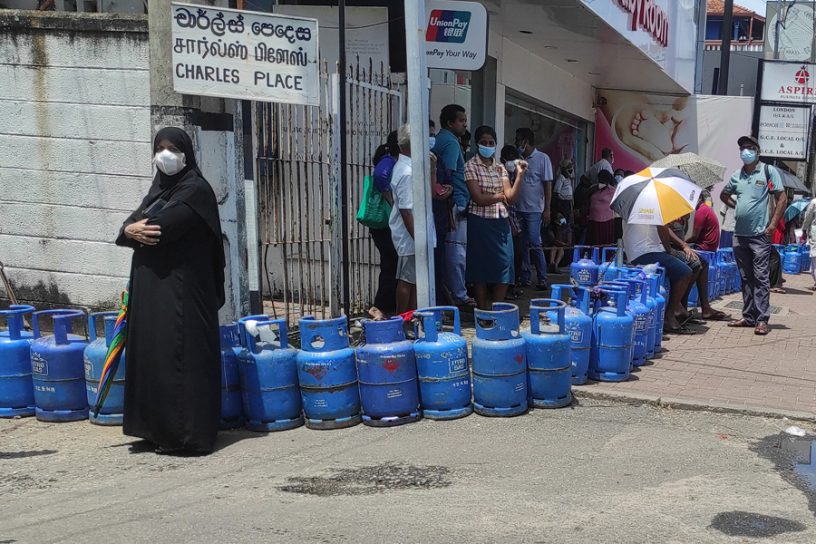
Unlike Sri Lanka, domestic debt in India makes up nearly 95% of the aggregate public debt, while external debt constitutes a very little share (5%) of the total public debt.
Author
Deepanshu Mohan, Associate Professor of Economics and Director, Centre for New Economics Studies (CNES), Jindal School of Liberal Arts and Humanities, O.P. Jindal Global University, Sonipat, Haryana, India.
Summary
Given how Sri Lanka’s economic crisis is grabbing global headlines, much of the social media commentary seems to be drawing comparisons between Sri Lanka’s externally driven debt-trap explosion to India’s current macroeconomic situation, or its own debt position.
Yes, India’s external debt and government debt appear to be high relative to Sri Lanka and as per acceptable macro standards. However, the level of foreign currency reserves reflects how any such comparative inductions – at least on the external sector side – are obviously misplaced. India’s high debt-to-GDP ratio is also fuelled by non-governmental compositions of debt holdings: in the form of corporate debt and household debt (though imposing a different kind of risk).
The Nature of Public Debt in India
I also previously argued how any direct comparison made between India and Sri Lanka’s economic positions, or, for that matter, between any other South Asian economy and India, may be based on selective, misplaced notions and that such comparisons must be taken with a pinch of salt.
Each nation – in this case, Sri Lanka and India – with all its social, political, and geographical heterogeneities, has a distinct economic landscape.
India has persistently faced a high ratio of public debt-to-GDP during the past decades, which is far higher than the different Finance Commissions’ long-term target of having a debt-to-GDP ratio below 60%. This rising trend has generally been accompanied by an expansion in the size of governments. The persistence of a high debt-to-GDP ratio, according to Mohanty and Panda (2019), implies that public debt, especially domestic debt, has become an important means for mobilisation of financial resources for the Indian government to meet its growing expenditure needs.
In India, domestic debt makes up nearly 95% of the aggregate public debt, while external debt constitutes a very little share (5%) of the total public debt. Do note that in Sri Lanka’s context, the scenario was reversed.
(This is a two-part article analysing the wide comparisons being drawn between the Indian and Sri Lankan economies. While India does face some red flags of its own, it’s not going the Sri Lanka way. You can read the second part here.)
Published in: The Quint
To read the full article, please click here.


